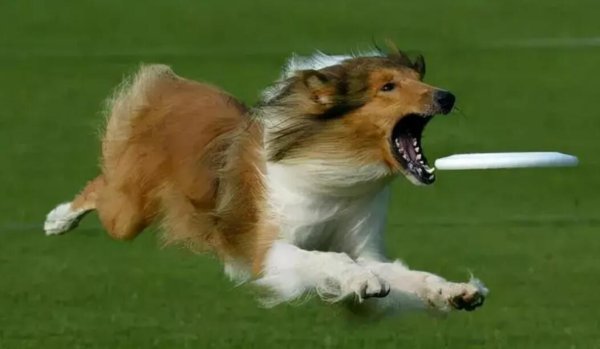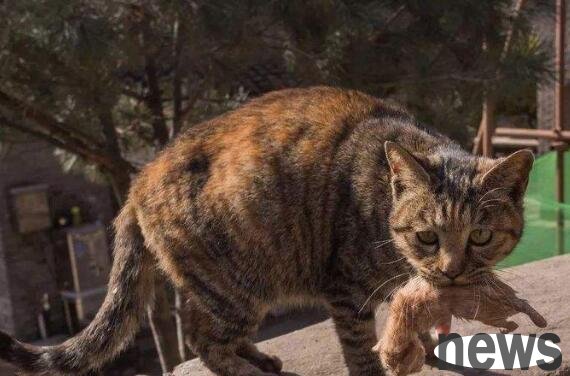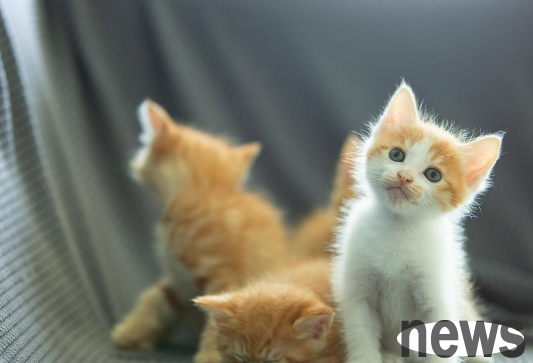What is the effect of nutrition on the fur of pet dogs? What is the effect of dogs’ fur?
One of the key signs of whether a dog is healthy or not is the dog's fur. The dog's hair can't help but affect the beauty of the dog and can also show the dog's health. However, there are many factors that affect dog hair. For example, malnutrition of dogs or dog age are important factors influencing dog hair. According to medical theory, dog nutrition has an important impact on dog hair. So what nutrients do dog hair need to regulate it?
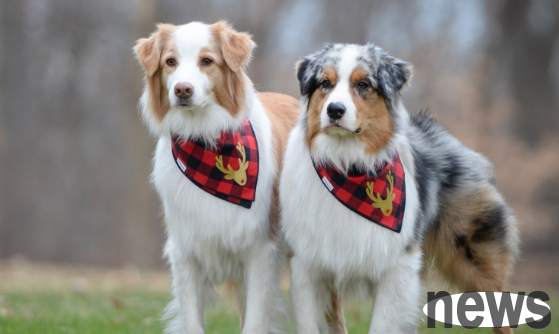
1. Dog nutrition needs
Dog overeating or unbalanced dog food can lead to overeating, which causes many diseases. Therefore, it is very important to regulate dog food intake. In general, dogs should provide regular food and adjust at any time since childhood, especially those who are prone to overweight. Table 1 shows the metabolic energy required for dogs per kilogram of metabolic weight per day. Dog metabolic weight is generally expressed in W0.67: W is weight (kg). Therefore, when producing dog feed, the metabolic energy of each kilogram of dog feed should be indicated.
Like other animals, dogs' demand for heat energy is also affected by various factors, such as body size, weight, age, temperature, growth stage, hair condition, exercise and workload.
The nutritional requirements standards for dogs published by the Pan Nutrition Panel (CNE) to which the American Association of Feed Supervisors (AAFCO) are adopted by many pet food manufacturers. It divides the nutritional stages into two stages: the growth and breeding stage and the adult dog maintenance stage (Table 2), (assuming that the ME of dog feed is 3.5kcal/g DM, and if it exceeds 4.0kcal/g DM, it should be adjusted according to the proportion).
2. Nutrition deficiency
Generally, when proteins, amino acids, linolenic acid, certain minerals, VA and certain VBs in animals are lacking, the condition of the fur will be affected, and the quality of feed raw materials will also reduce the biological titer of some important nutrients, resulting in a decrease in the color and quality of pet fur.
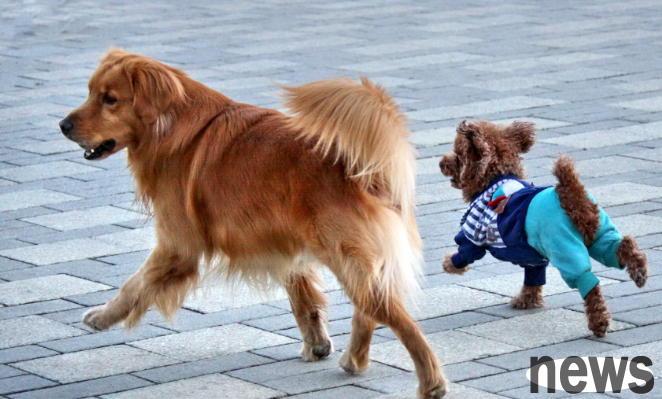
1. Protein deficiency
Protein deficiency can cause abnormal keratinization of the fur, making the skin easily damaged, the hair becomes thinner, fades easily breaks, growth slows down or even stops, and damages the epidermal fat layer, resulting in the skin being scaled and greasy. The amino acids with higher content in fur protein are sulfur-containing cystine. If the dog's feed lacks sulfur-containing amino acids, it often leads to fur problems.
2. Fat deficiency
Low fat diet can cause dogs to have dark coats, dry-scad skin, and fat-soluble vitamins are prone to deficiency, affecting growth, and in severe cases, it will increase mortality.


